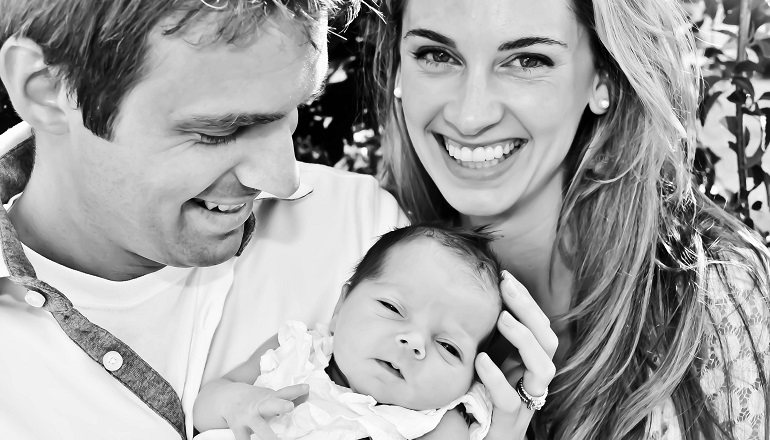Adoption Laws, Agencies, and Attorneys by U.S. State.
The annual number of infants adopted domestically (excluding foster and relative adoption) is estimated to be around 18,000 — far greater than the annual number of international adoptions. Moreover, the process of adopting a newborn in the United States can go more swiftly than you may imagine. In a 2012-2013 Adoptive Families survey, about half of respondents were matched with a birth mother in less than six months, and 40% were matched less than one month before their child was born.
In the majority of U.S. newborn adoptions, adoptive parents are selected by the birth parents of the child, and in at least half of the cases, the birth parents and adoptive parents meet. Domestic adopters usually appreciate the opportunity to build a relationship with their child’s birth family. Ongoing contact is increasingly common, but varies significantly in frequency. Domestic adopters must work with an agency to complete a home study, but may choose to work with an attorney for the majority of the process, depending on state laws.
Depending on the situation, and the laws of the state where the family lives and where the baby is born, prospective adoptive parents may cover some of the living and medical expenses of the birth mother. Read your state’s adoption laws. View family photos and get parent-to-parent advice in our online community, AdoptiveFamiliesCircle.com.
Domestic Adoption Fast Facts
- Estimated Cost: Average: $20,000 to $40,000. Costs can total considerably more in certain circumstances. See sample adoption budgets for further comparison.
- Profile of Children: Privately adopted babies in the U.S. are usually newborns.
- Parent Ages: There are no legal restrictions in most states, but many or most birth families select the family for their child, so parents who are younger than 25 or older than 45 may wait longer to be selected.
- Family Status: There are no regulations, but birth parents may be looking for a couple rather than a single parent, and a family with few or no other children.
- Travel: The adoptive family must satisfy the laws of both the state where the baby is born and the state where they reside before they can bring the child to a different state according to the Interstate Compact for the Placement of Children (ICPC). Depending on the states, this varies from one day to several weeks.
- Timeline: The average adoption is completed within two years.
Adoption Agencies with U.S. Newborn Adoption Programs
Domestic Adoption: the Basics
- “Perception & Reality: The Untold Story of Domestic Adoption”: Adoption in the U.S. has undergone a seismic shift in the last 30 years. How long will it take for popular perceptions to catch up with the new, healthier reality?
- “Independent Adoption”: Thousands of newborns are placed each year through private adoptions.
- “Understanding Open Adoption”: A look at open adoption today.
Adoption Law
- “Adoption Laws By State”: Learn about your state’s newborn adoption regulations, from allowable birth mother expenses to termination of parental rights and adoption finalization
- “The Interstate Compact”: Answers to the top questions about this law regulating adoption across state lines
- “Birth Father Rights”: An overview of one of the most complicated areas of adoption law
Personal Stories from Newborn Adopters
- “Secret Thoughts of an Adoptive Mother”: A fiercely honest look at the emotional complexities of newborn adoption
- “What the Books Don’t Tell You”: A new dad looks back on the “secrets” he learned while adopting his child
- “Becoming Craig’s Mother?”: Her son’s arrival would put an end to the heartbreak of infertility. Why was she so worried?
- “More than Skin Deep”: She was someone else’s daughter for nine months in utero.
The Birth Mother Relationship
- “How to Write a ‘Dear Birth Mother’ Letter”: What do you say when the merchandise on offer is your heart?
- “The First Conversation with a Potential Birth Parent”: In a first meeting, it is less important what you talk about than that you talk, and, most importantly, listen.
- “How I Handled Calls from Perspective Birth Mothers”: How do you handle the most unusual phone call you’ll ever have — that first conversation with an expectant mother? Here’s what one mom did.
- “Questions to Ask a Potential Birth Mother”: Tips to establish a warm relationship at your initial meetings
- “On Loving Your Child’s Birth Mother”: Two moms who took different paths to adoption open their hearts to their children’s birth mothers.



